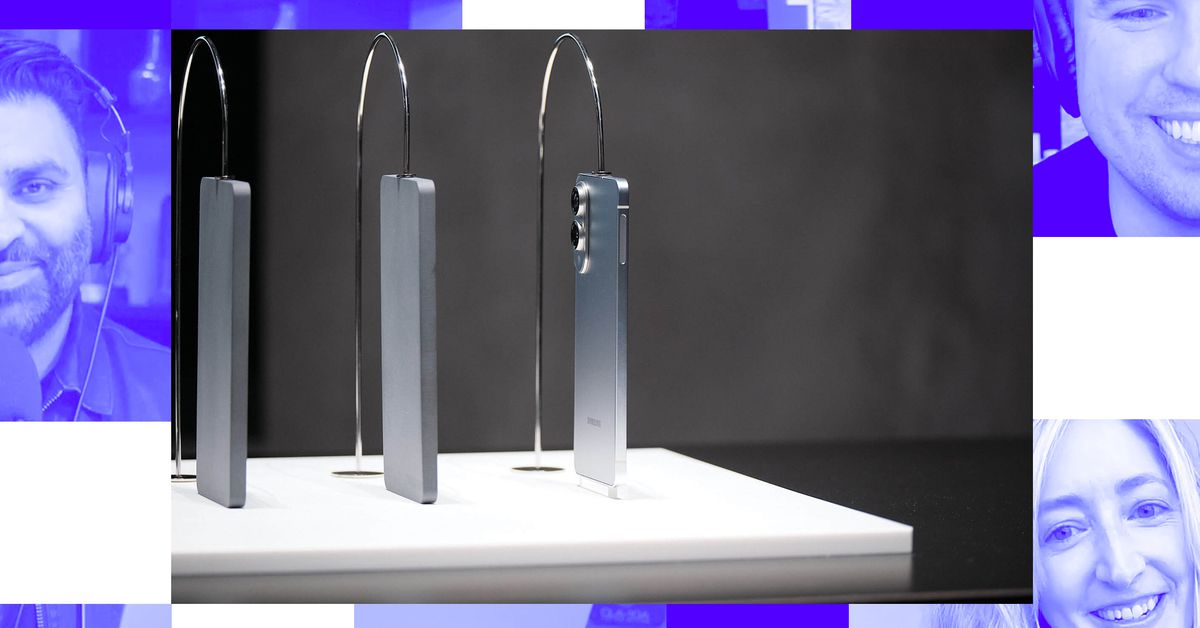Unveiling Samsung’s Next Big Thing: Are AI Phones the Future or Just a Fad?
As we stand on the brink of a technological revolution, Samsung is gearing up to unveil its latest line of AI-integrated smartphones. This ambitious launch raises a critical question: will these AI phones truly revolutionize the market, or will they simply fade into the background like so many other tech trends? In this article, we will explore the potential and pitfalls of these cutting-edge devices, examining their capabilities, market reception, and the broader implications for consumers and the tech industry alike.
The Rise of AI in Smartphones
Artificial Intelligence (AI) has infiltrated many aspects of our lives, from virtual assistants like Siri and Alexa to personalized recommendations on streaming platforms. Smartphones, however, represent a unique frontier for AI technology. Samsung’s upcoming AI phones promise to bring advanced functionalities that could redefine user experiences. But what exactly does this mean for consumers?
AI phones are designed to learn from user behavior, adapting to individual preferences and needs. This personalization could manifest in various ways:
- Enhanced Camera Features: AI can optimize camera settings based on lighting conditions and subjects, ensuring stunning photographs every time.
- Smart Battery Management: AI can analyze usage patterns to extend battery life, adjusting background processes and app usage accordingly.
- Intelligent Assistants: Samsung’s Bixby and other AI-driven assistants can offer more contextually aware suggestions, making day-to-day tasks easier.
- Security Enhancements: AI can bolster security features, identifying unusual patterns that may indicate a threat.
Potential Benefits of AI Phones
Adopting AI in smartphones holds promise for enhancing user experience in several compelling ways:
- Personalization: The more a phone understands its user, the more it can cater to their unique needs. Imagine a device that knows your schedule and suggests optimal times for reminders or alerts.
- Automation: Tasks that once required manual input could be automated, saving users time and effort. For example, an AI phone could automatically adjust settings based on your location, such as switching to silent mode when you arrive at work.
- Improved Accessibility: AI can make smartphones more usable for individuals with disabilities, providing voice recognition and other assistive technologies that enhance accessibility.
- Predictive Text and Communication: AI-driven communication tools can improve efficiency by predicting the words you’re likely to use based on context, thereby speeding up texting and emails.
Challenges and Pitfalls
Despite the exciting possibilities, there are significant challenges and potential pitfalls that Samsung and other manufacturers must navigate:
- Privacy Concerns: With AI phones collecting vast amounts of personal data to function optimally, users may feel uneasy about their privacy. The balance between personalization and privacy will be a delicate one.
- Over-reliance on Technology: If users become overly dependent on AI functionalities, they may lose touch with essential skills or critical thinking. AI should enhance human capabilities, not replace them.
- Market Saturation: The smartphone market is already crowded; distinguishing AI phones from traditional smartphones may prove challenging. Consumers could perceive them as just another gimmick rather than a true innovation.
- Cost Implications: The integration of advanced AI technology may lead to higher prices for consumers. This could limit accessibility, particularly in emerging markets.
Consumer Reception: What to Expect
The success of Samsung’s AI phones will largely depend on consumer reception. Early indications suggest a mix of excitement and skepticism. Many consumers are eager for innovation but wary of the implications that come with new technology.
To gain traction in the market, Samsung must effectively communicate the tangible benefits of AI phones. This includes not only showcasing advanced features but also addressing privacy concerns and demonstrating how these devices can enhance daily life. Consumer education will be key.
AI Phones Beyond Samsung
It’s important to note that Samsung is not alone in this endeavor. Other tech giants, such as Apple and Google, are also exploring AI integration in their devices. Apple’s focus on privacy and security with its AI functionalities has set a standard, while Google continues to push the envelope with its Pixel phones, leveraging machine learning for camera capabilities and smart features.
This competitive landscape suggests that if Samsung’s AI phones are to stand out, they will need unique selling points that differentiate them from rivals. Whether through superior technology, innovative features, or enhanced security measures, the race is on to capture consumer interest.
The Future of AI Phones
As we peer into the future, the trajectory for AI phones appears bright yet uncertain. The integration of AI into smartphones could indeed mark a new era of mobile technology, provided that manufacturers like Samsung address the challenges head-on.
In an increasingly digital world, consumers are likely to embrace technology that simplifies their lives and enhances their experiences. If Samsung can deliver on its promises, its AI phones might not just be another trend; they could be the cornerstone of the next generation of mobile devices.
Conclusion
In conclusion, Samsung’s launch of AI-integrated smartphones is a pivotal moment in the evolution of mobile technology. While the potential benefits are enormous, so too are the challenges. By addressing privacy concerns, emphasizing user benefits, and fostering consumer education, Samsung can position its AI phones as essential tools rather than fleeting fads.
As we await the official release, one thing is clear: the future of smartphones is here, and it’s powered by AI. Whether this technology will revolutionize the market or simply blend into the background will largely depend on how effectively it meets consumer needs and navigates the challenges ahead.
See more Future Tech Daily

